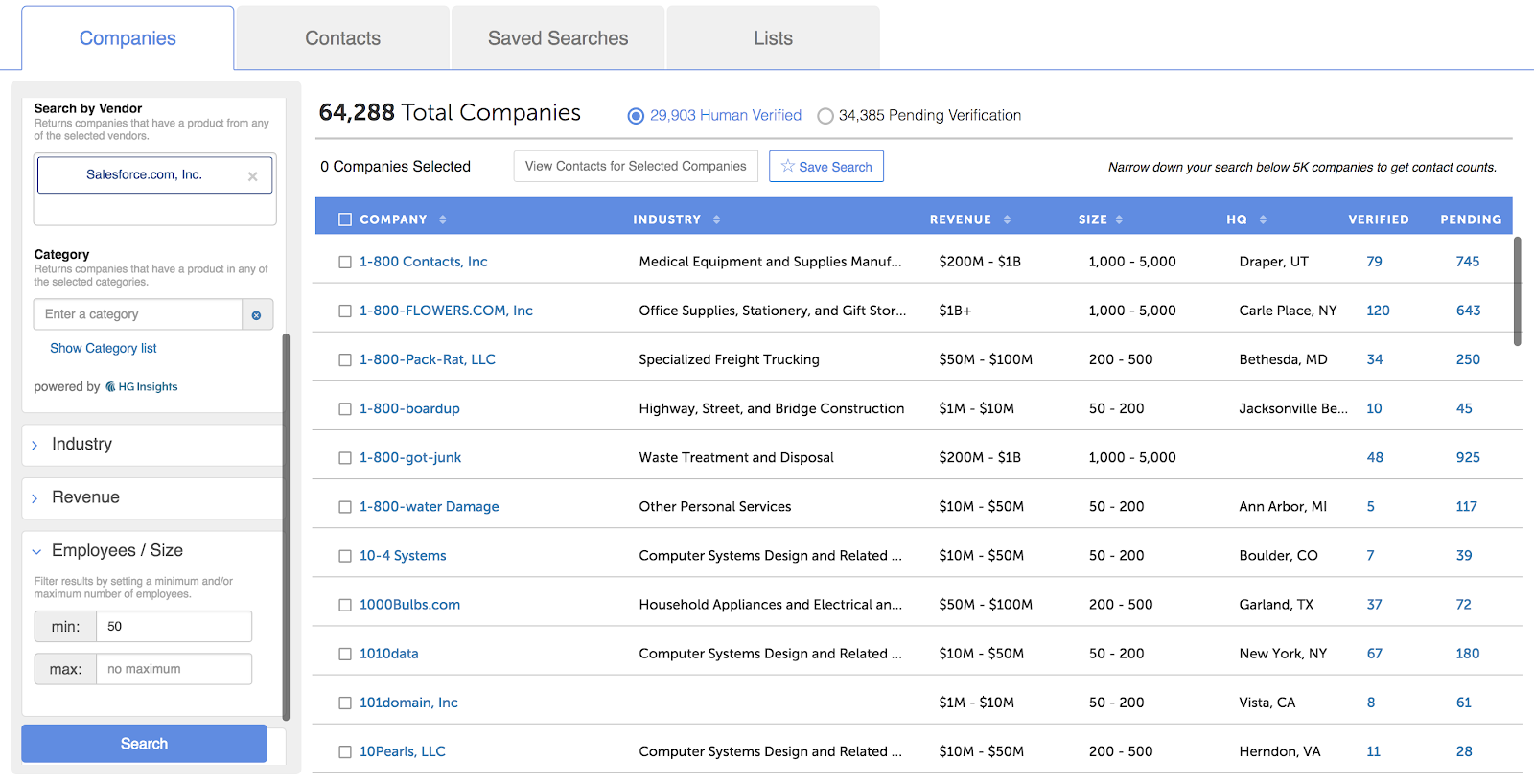If you are reading this, it’s reasonable to assume you are acquainted with Account-Based Marketing (ABM) and the benefits it brings to any B2B enterprise. (If not, you can read more about it here).
The dirty little secret with Account Based Marketing is this: Understanding ABM strategy is simple, but successfully implementing it into your B2B sales and marketing strategy is a much more challenging game.
To cite one example of the complexity ABM can involve – you have to start with focusing on the right accounts for your business to target. Discovering the right targets, in and of itself, is a tall order for many businesses. Then there are numerous misconceptions that ultimately lead to a flawed ABM strategy.
Keeping all that in mind, here are the common ABM mistakes you must avoid:
ABM Mistake #1: Thinking About Account Based Marketing in Terms of Technology
With the rise of numerous ABM tools and excessive buzz around the topic itself, ABM has come to be seen by many as just another technology-based marketing strategy with too much hype. There are two problems with this notion. First, it isn’t a technology but a strategy. All those ABM tools simply make the implementation easier. You can just as well adopt the Account based marketing strategy without any dedicated ABM tool.
Second, it isn’t just another strategy. ABM, in fact, turns the entire marketing approach on its head. Traditionally, businesses would craft their marketing messages and sales pitch and proceed to find appropriate clients and channels. With ABM, you work in reverse. You find the most appropriate clients first, decide the channel, and then craft the message accordingly.
ABM Mistake #2: Thinking Account Based Marketing Is Only For Large Enterprises
No, it isn’t. To be sure, ABM does require a lot of manpower and resources. But that’s only part of the story. ABM is kind of a peer-to-peer marking. If you are a small firm with only a couple of SDRs and marketers, you can still concentrate your efforts on a few accounts that are bound to have better success rates than randomly shooting emails and calls. The only difference between large enterprises and small firms when it comes to implementing ABM is how many accounts they can handle at a time. There are large companies that can handle 100 large accounts at a time while smaller ones can manage only 10. The benefits and strategy, however, remain the same.
ABM Mistake #3: Selecting the Wrong Accounts for Account Based Marketing
One of the pillars of ABM’s success is appropriate account selection. Any mistakes at this stage will ripple across the entire process and ultimately bring the entire ABM strategy crashing down. There is nothing worse than prospecting a client for months, making significant investments in customized content and engagement only to later found out they aren’t buying because they were never a good fit for your product or service.
Selecting the right accounts requires an elaborate process that analyzes numerous data points, including firmographic data, technographic, intent, engagement and more. A deviation in any of those factors can potentially lead to poor account selection. For instance, if a company matches your ICP based on its firmographic and technographic data but hasn’t shown any intent to buy, it’s probably better to not select them. This is why it is critical to have the right amount of data in your marketing engine. On a related note, SalesIntel guarantees 95% data accuracy owing to its world-class research team and 90-day reverification cycle.
ABM Mistake #4: Selecting Too Many Accounts for Account Based Marketing
The only thing worse for ABM than selecting a few bad accounts is selecting too many good ones. If you bite off more than you can chew, you will eventually create a mess. Over enthusiasm in account selection creates three problems:
First, owing to too many accounts, you have to cut down customized content and personal reach out, thus departing from the core idea of ABM itself.
Second, you create much poorer conversion rates compared to what you could have achieved with pure ABM.
Third, and most importantly, if you select too many good accounts (and mess them up) in one cycle, you have fewer quality accounts left for next season. One of the unwritten rules of B2B selling is that if you lose an account, there is no use prospecting them for the next couple of years.
An ideal approach is to select a mix of accounts of varied scale. You can, for example, select 5 large accounts, 20 medium accounts, and 40 smaller accounts instead of 20-25 large accounts at once. This will give you enough legroom to prioritize large accounts at the expense of smaller accounts in case your sales team can’t sustain the workload.
The Keys to Account-Based Marketing
Account-Based Marketing, at its core, is built of three ingredients: data, content, and focus. If you have the right quality and quantity of data, you can select the right accounts. Customized content will help you effectively reach out to those accounts. Finally, the more focused your efforts are, the greater the chances of your success.
Miss any of the three and you are destined to fail. Fortunately, SalesIntel has got you covered on the data side so you can dedicate your attention to the other two factors. Take a free trial now to get started.






